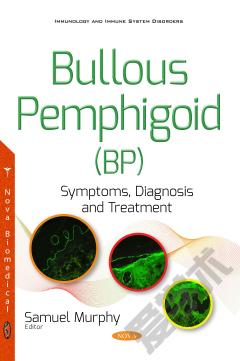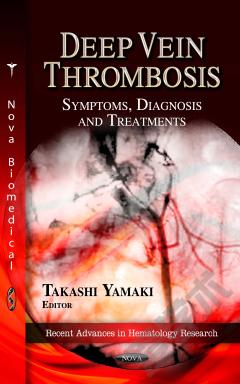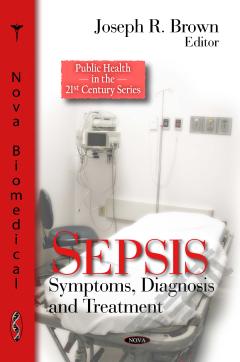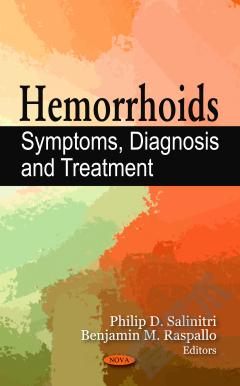Bullous Pemphigoid (BP): Symptoms, Diagnosis and Treatment
Direct immunofluorescence (DIF) microscopy on perilesional skin is still considered the gold standard for the diagnosis of BP. However, a rich armament of laboratory techniques is necessary for establishing an accurate diagnosis which, in its turn, is crucial for the choice of treatment modalities and determination of the disease prognosis. The disease is rarely diagnosed in childhood. However, there is an increasing number of BP reports in children. It is challenging to differentiate childhood BP from the other subepidermal blistering diseases of childhood. Physical agents, capable of inducing BP, are thermal or chemical burns, radiotherapy and ultraviolet (UV) radiation. Direct trauma to the skin has also been described as a potential trigger. Bullous pemphigoid (BP) is an acquired subepidermal autoimmune blistering disease in which there are humoral and cellular responses against the BP180 and BP230 antigens. An increasing number of drugs have the propriety to precipitate in the onset of BP. Dapsone is a sulfone derivative of antimicrobial and anti-inflammatory properties. It is commonly used in dermatology. The role of dapsone in the treatment of bullous pemphigoid will be discussed in this book.
{{comment.content}}








 京公网安备 11010802027623号
京公网安备 11010802027623号